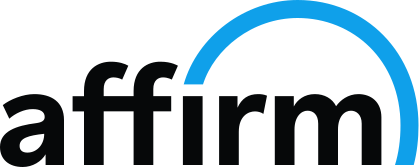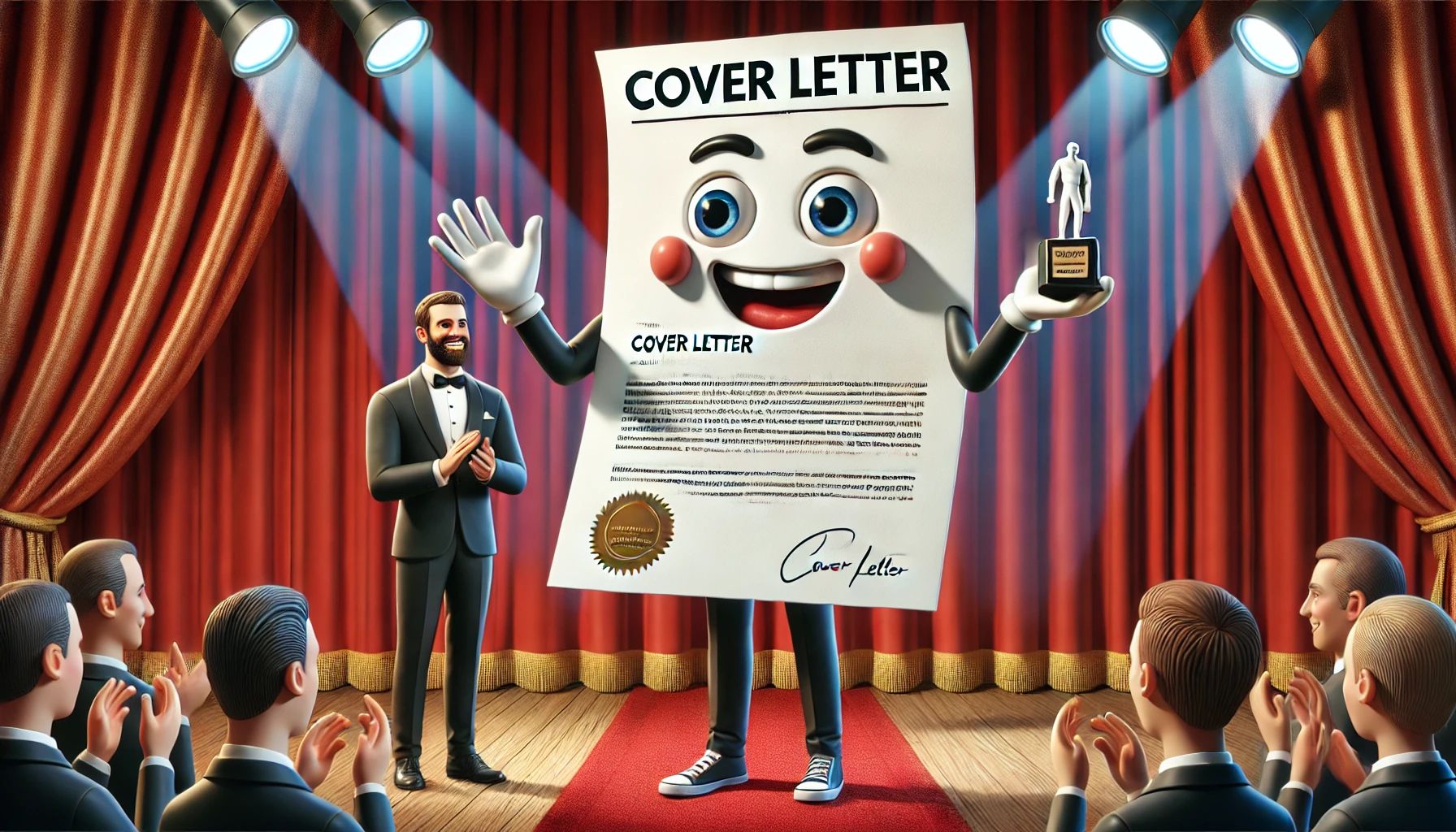 If you’ve made recent career shifts—or even industry shifts—more times than you can count, you’re not alone. Welcome to the club of career chameleons!
If you’ve made recent career shifts—or even industry shifts—more times than you can count, you’re not alone. Welcome to the club of career chameleons!
While conventional wisdom might say frequent career shifts a red flag issue, in today’s fast-paced job market, having diverse experiences can actually be a powerful advantage. A study from the Bureau of Labor Statistics shows that the average worker holds around 12 jobs during their career, and this number is expected to rise as the gig economy and job fluidity increase.
The trick?
Knowing how to present your varied career path on your resume without looking like you’re a flighty job-hopper. Let’s dive into how you can make that work frequent career shifts for you.
Emphasizing Transferable Skills
One of the biggest challenges of frequent career shifts is convincing hiring managers that, despite jumping around, you bring valuable skills to the table. The key is to zero in on those transferable skills—abilities that are relevant no matter what role or industry you’re in.
- Here’s the magic formula: [Skill] + [Achievement] + [Outcome]. For example: “Led cross-functional teams (Skill) to execute a company-wide tech upgrade (Achievement), reducing downtime by 50% (Outcome).”
- Focus on results. Hiring managers love numbers. If you increased sales, improved efficiency, or drove down costs, put those numbers front and center.
By concentrating on what you achieved and how you did it, you shift the focus from how many jobs you’ve had to the impact you made in each role.
Creating a Cohesive Career Narrative
Let’s be real—if you’ve bounced between unrelated industries, it can be tricky to make sense of it all. This is where you need to become a storyteller. Your resume’s job isn’t just to list your past roles; it’s to tell a compelling story about who you are and how your experiences tie together.
- Identify a unifying theme. Are you the person who’s always finding creative solutions? Or maybe you’re the go-to for turning chaos into order. Find that common thread and weave it throughout your resume.
- Use your summary section wisely. This is your elevator pitch—two or three sentences at the top of your resume that explain how your varied experiences come together to make you uniquely qualified for the role you’re targeting.
For example: “Dynamic professional with a knack for adapting to new industries, driving project success, and solving complex challenges across diverse environments.” (yeah, I kinda like that!)
Choosing the Right Resume Format
Let’s talk about resume formats to account for career shifts. If you’re a career chameleon, you might want to add a twist to the traditional chronological format by going with more of a :hybrid format” approach that highlights your skills first and then dives into your work history.
- Utilize a Hybrid Format: This format blends a functional resume’s focus on skills with a chronological resume layout for your job history. It allows you to emphasize relevant competencies while still giving a clear timeline of your work.
- Group Similar Roles: If you’ve had multiple freelance gigs or worked in similar positions across different companies, group them under a single heading. For example: “Freelance Marketing & Communications Roles” with a combined date range. This shows consistency and reduces the clutter of too many short-term positions.
Handling Short Stints and Frequent Job Changes
Short stints can be tricky, especially if you’ve got several in a row. But those career shifts don’t have to be dealbreakers if you handle them strategically.
- Consider excluding irrelevant roles. You don’t have to include every job you’ve ever had—especially if some positions don’t relate to your current career goals.
- Address frequent career shifts in your cover letter or LinkedIn summary. Be proactive! Briefly explain your career shifts and emphasize that you were seeking growth, new challenges, or skill development. For instance, “I took on multiple short-term roles to expand my expertise in [specific area] and gain hands-on experience in [relevant skill].”
Showcasing Continuous Learning and Growth
One of the best ways to demonstrate that your career shifts weren’t just random is to highlight your commitment to learning and growth. Interestingly, LinkedIn’s Global Talent Trends report shows that 94% of employees would stay longer with a company that invests in their learning and development. This indicates that hiring managers value candidates who are committed to growth—so make sure your resume reflects that.
- Include certifications, courses, and training. If you’ve taken courses or earned certifications that align with your target industry, be sure to list them. This shows you’re serious about staying updated and relevant.
- Focus on upward progression. If you’ve moved from an entry-level role to something more advanced—even if it’s in a different field—highlight that growth. It indicates that while you’ve switched roles, you’re still advancing in your career.
So yes, you can in fact embracing your career chameleon identity! Being a career chameleon isn’t something to hide—use it to your advantage. In today’s dynamic job market, the ability to pivot, learn new skills, and thrive in different environments is a huge asset. The key is making sure your resume tells a story of adaptability, growth, and impact rather than simply listing out every job you’ve had.
Remember, it’s not about the number of jobs you’ve had—it’s about how you leverage those experiences to your advantage.
So go ahead, flaunt your colorful career journey. After all, the most interesting resumes are the ones with a few plot twists, right?


















